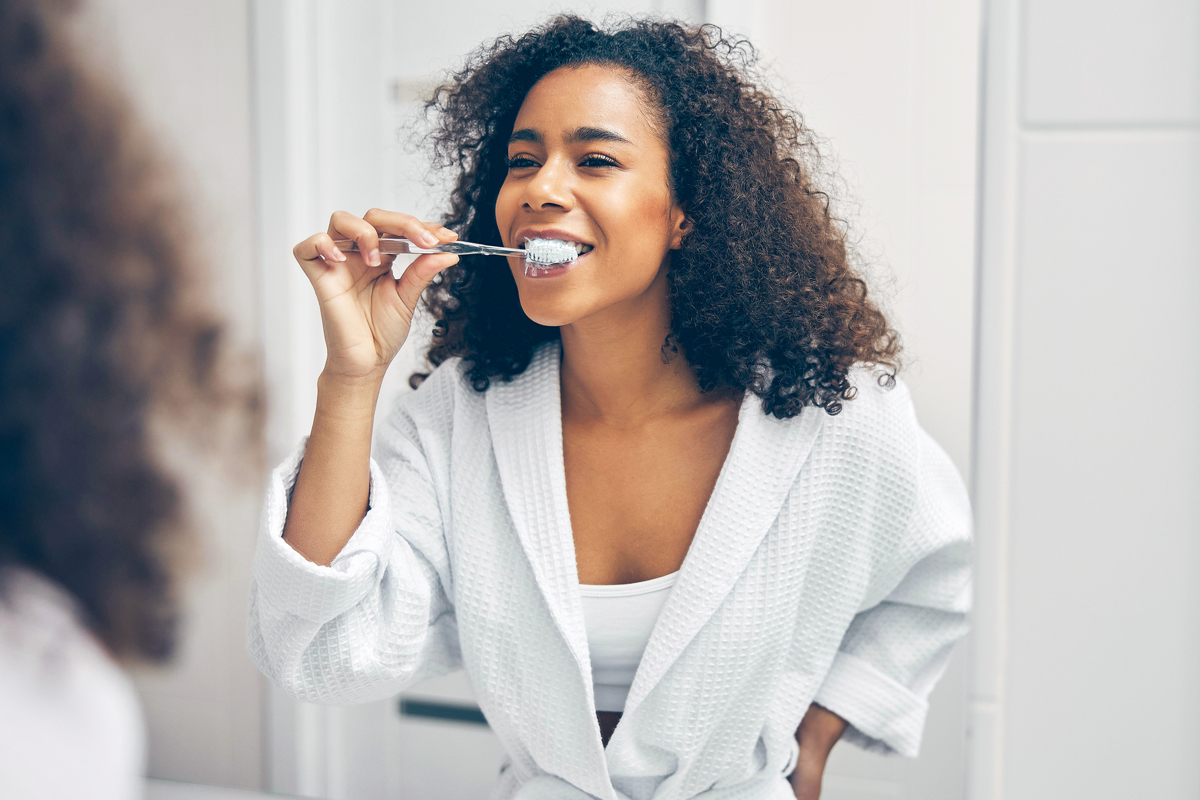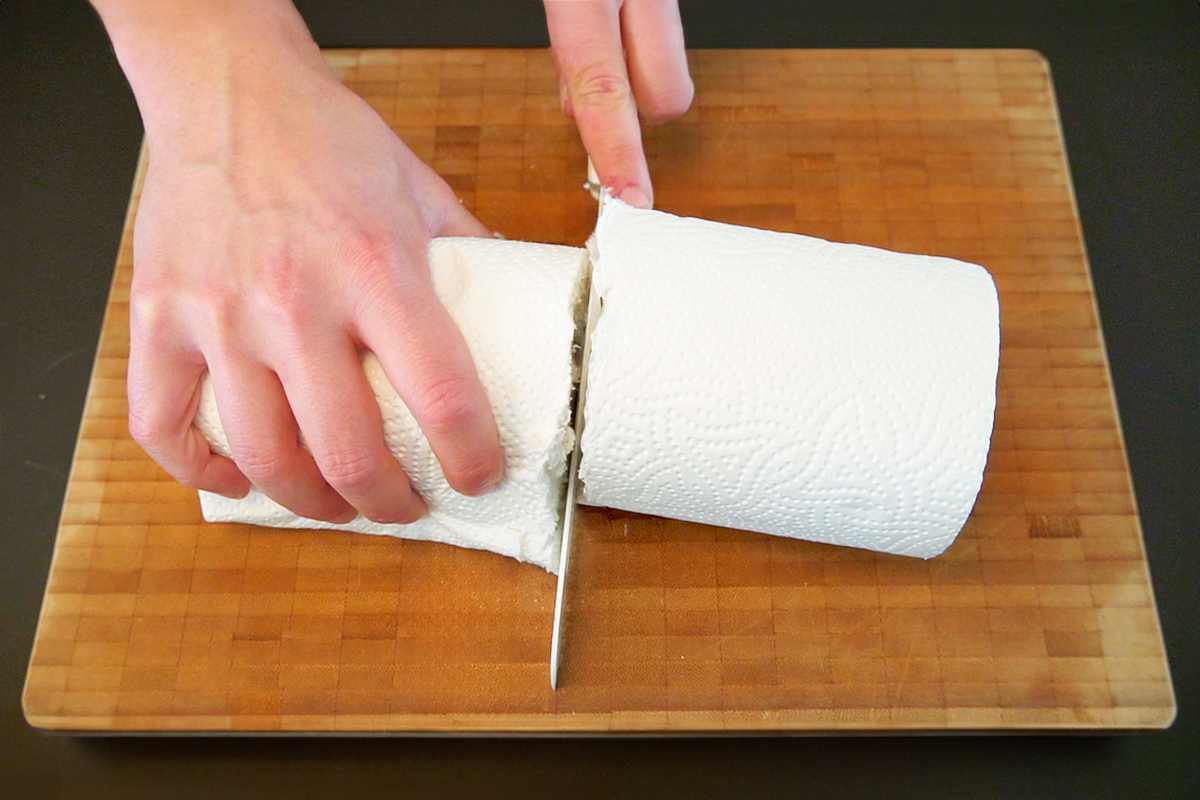We independently evaluate all recommended products and services. If you click on links we provide, we may receive compensation.
Most of us were brought up with the “brush twice a day” rule for keeping our teeth clean and healthy (and it’s also what the American Dental Association recommends). But a three-times-a-day recommendation has been floating around lately, mostly due to a European study that linked the extra brushing with lowering the risk of heart problems. We asked Los Angeles-based dental hygienist Alyssa Matsuno Dessert, RDH, if it’s necessary to add that extra brushing to our routine.
“While a midday brush wouldn't hurt, most health care professionals agree that brushing twice daily, morning and night, is sufficient in maintaining a healthy mouth,” Dessert says. “Brushing first thing in the morning when you wake up and right before bed, for two-minutes each time, is recommended. Brushing at night is most important, as bacteria flourishes in warm, moist environments, so it’s best to remove everything you consumed that day before going to bed.”
As for the study’s link between poor oral health and cardiovascular disease, Dessert says, “The main reason for brushing frequently is to remove plaque, the film on your teeth made up of naturally occurring bacteria and food. There is a link between plaque formation in the mouth and that of the heart by way of entering the bloodstream and affecting the arteries. Oral disease is often linked to heart disease.”
However, experts say how well you brush is more important than how often. “One of the things I recommend for more effective brushing is an electric toothbrush,” Dessert says. “What I like most is that many models have a built-in timer. Many people are surprised at how long a full two minutes is and realize they were not brushing long enough. Another favorite feature is the pressure monitor, to make sure you are not pressing too hard and damaging your teeth and gums.” Dessert recommends the Oral B models for “the oscillating head that gets those hard-to-reach spots behind your front teeth, and back of the last molars.”
This article is for general informational purposes only.
Affiliate Disclaimer Medical Disclaimer
















 Unique Beauty is free for all users.
Unique Beauty is free for all users.